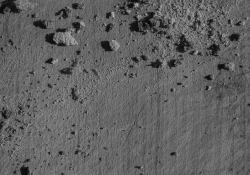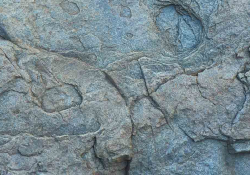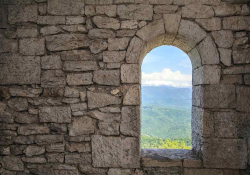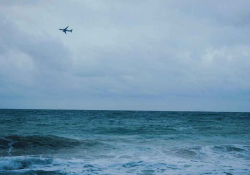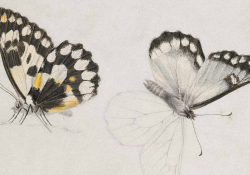Family Trees
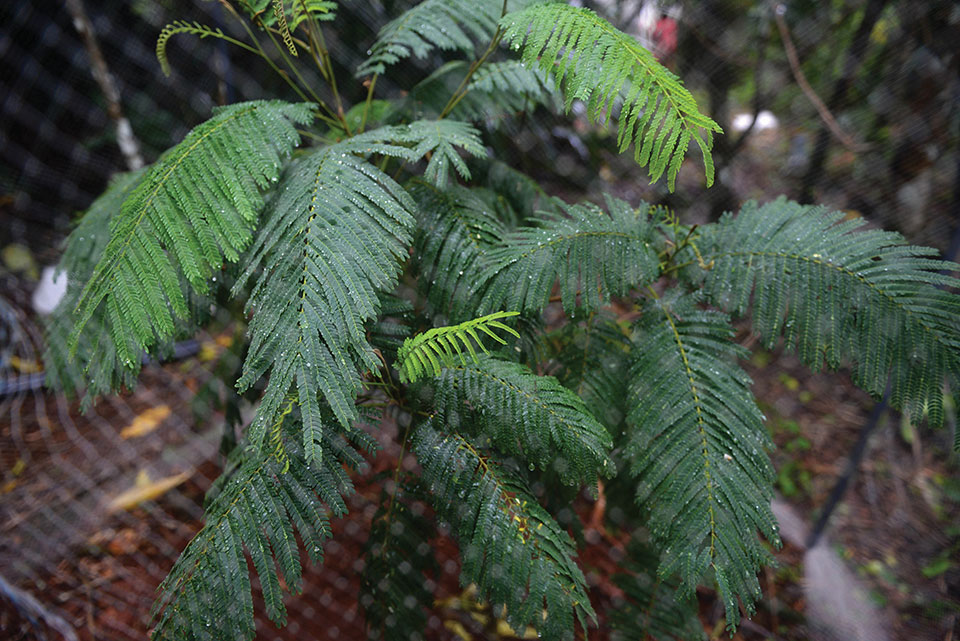
written for the 2016 Guam Educators Symposium on Soil and Water Conservation
1
Before we enter the jungle, my dad
asks permission of the spirits who dwell
within. He walks slowly, with care,
to teach me, like his father taught him,
how to show respect. Then he stops
and closes his eyes to teach me
how to listen. Ekungok, as the winds
exhale and billow the canopy, tremble
the understory, and conduct the wild
orchestra of all breathing things.
2
“Niyok, Lemmai, Ifit, Yoga’, Nunu,” he chants
in a tone of reverence, calling forth the names
of each tree, each elder, who has provided us
with food and medicine, clothes and tools,
canoes and shelter. Like us, they grew in dark
wombs, sprouted from seeds, were nourished
by the light. Like us, they survived the storms
of conquest. Like us, roots anchor them to this
island, giving breath, giving strength to reach
toward the Pacific sky and blossom.
3
“When you take,” my dad says, “take with
gratitude, and never more than what you need.”
He teaches me the phrase “eminent domain,”
which means “theft,” means “to turn a place
of abundance into a base of destruction.”
The military uprooted trees with bulldozers,
paved the fertile earth with concrete, and planted
toxic chemicals and ordnances in the ground.
Barbed wire fences spread like invasive vines,
whose only fruit are the cancerous tumors
that bloom on every branch of our family tree.
4
Today, the military invites us to collect
plants and trees within areas of Litekyan
slated to be cleared for impending
construction. Fill out the appropriate forms
and wait 14 business days for a background
and security check. If we receive their
permission, they’ll escort us to the site
so we can mark and claim what we want
delivered to us after removal. They say
this is a benevolent gesture, but why
does it feel like a cruel reaping?
5
One tree my dad never showed me is
the endangered hayun lågu, the last
of which is struggling to survive in Litekyan
its only home. Today, the military plans to clear
the surrounding area for a live firing range,
making the tree even more vulnerable
to violent winds, invasive pests, and stray
bullets. Don’t worry, they say. We’ll build
a fence around the tree. They say this is an act
of mitigation, but why does it feel like
the disturbed edge of extinction?
6
Ekungok, ancient whispers rouse the jungle!
Listen, oceanic waves stir against the rocks!
Ekungok, i taotaoʻmona call us to rise!
Listen, i tronkon Yoga’ calls us to stand tall!
Ekungok, i tronkon Lemmai calls us to spread our arms wide!
Listen, i tronkon Nunu calls us to link our hands!
Ekungok, i tronkon Ifit calls us to be firm!
Listen, i tronkon Niyok calls us to never break!
Ekungok, i halom tano’ calls us to surround
i hayun lågu and chant: “We are the seeds
of the last fire tree! We are the seeds of the last
fire tree! We are the seeds of the last fire tree!
Ahe’! No! We do not give you permission!”
Read an interview with Craig Santos Perez as well as his essay, "Guam and Literary Activism," from this same issue.




